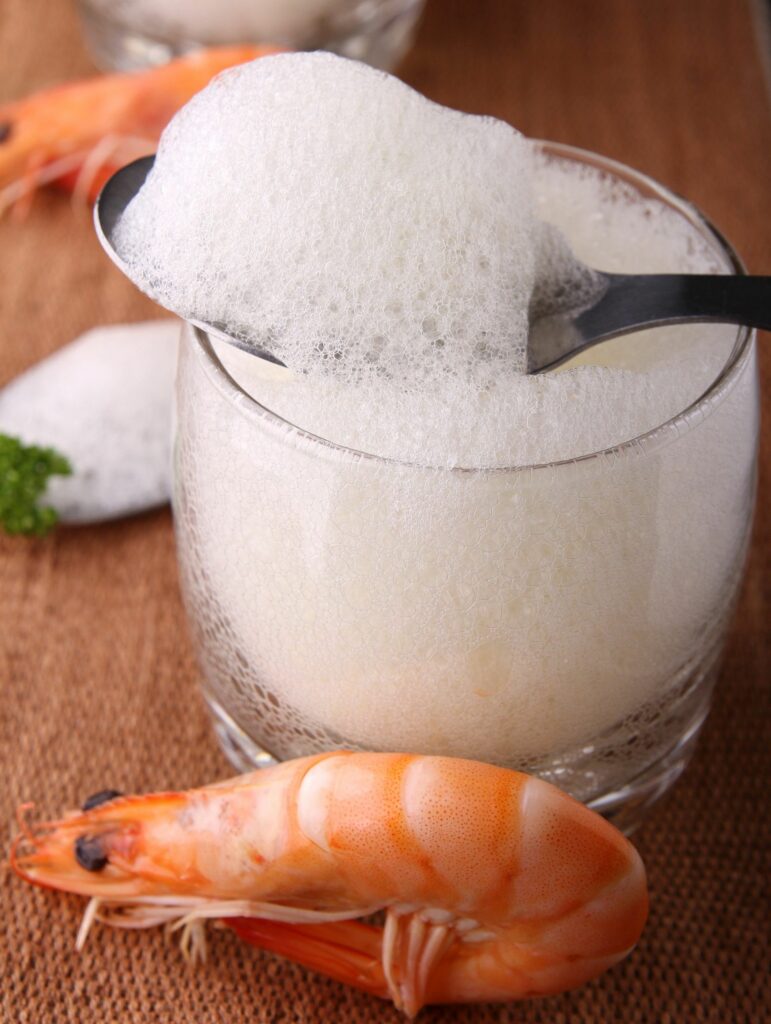A few years ago there were two words that were on everyone’s lips—molecular gastronomy. It was simultaneously being heralded as the worst thing to happen to food since McDonalds and the greatest culinary achievement made since Georges Auguste Escoffier developed the brigade de cuisine in the first decade of the twentieth century. These days, it’s not as much a hot topic as a growing center of industry.
How does one define molecular gastronomy? Well, if this were 1990 and you approached a chef they’d probably say something along like “molecular gastronomy is the study of the chemical reactions that take place during the act of cooking.” Such study was formerly the domain of large food and beverage companies and, undoubtedly, the topic of GMO’s would come up and large bags of junk food would be used as illustrative support. However in the preceding twenty years the term has shifted in definition. Now, rather than being synonymous with genetically modified foods, it’s now used to encompass a rather large, and growing, area of the culinary world that’s all about developing science-based and often inventive ways of creating dishes that impart the eater with certain sensory experiences. Among these dishes are edible balloons, savory, ultra-cold gels, powdered meats, vapors made of mushroom and moss, and chocolate truffles made with liquid nitrogen.
Within this newer understanding of the molecular gastronomy, the stalwart of the genre is undoubtedly foam. Sounds odd? Sure. Nevertheless, it’s everywhere. To construct foam, chefs usually use a mixture of a stabilizing agent such as agar of lecithin or gelatin and a liquid base, like espresso, juice, or tea. Many chefs also call upon an ISN canister in order to breathe life into their creations.
These days the molecular gastronomy approach is being applied to many different kinds of consumable goods. A currently popular culinary exploit is taking the work usually set aside for mixologists or purveyors of alcoholic beverages and shifting it into the fine dining world, specifically White Russians is one that’s been picking up steam for a while now. Yes, that’s right. The drink of choice for “The Dude” from the Big Lebowski has just become an edible snack (and yes, it’s boozy).
Other popular attractions include smoked beer, arugula spaghetti, oysters topped with passion fruit caviar, vegan scallops with carrot ginger caviar, see-through ravioli, strawberries dipped in pop rocks, and powdered Nutella.
When listed in a row like that, one can almost feel older, more conservative eaters shake their heads. One can almost imagine them saying, “Powdered Nutella? Smoked beer? What is this?” Answer—it’s the future. And like the many culinary movements before it, molecular gastronomy is a rejection of the culinary status quo. It’s a call to adventure that results in new tastes and new flavors. In order to take part one need only an open mind and an appetite.
Deemed a fad, many predicted the implosion of molecular gastronomy but it hasn’t faded yet. The products of molecular gastronomy can be found in the world’s most expensive restaurants to many of the food trucks in cities like Los Angeles, Nashville, and Miami. The number of restaurants that incorporate molecular gastronomy into their menus is only going up, while perhaps the surprise of the newness of the approach wanes just slightly. Prediction: molecular gastronomy will become a cottage industry, go even more main stream and ultimately, like anything “new” the best parts of it including the “foam” will become subsumed into the larger culinary culture. Alas, we can only hope that at least some of the weirdness will persist and continue to delight and befuddle us for years to come.
Until next time…
Happy Eating!
Check out an earlier post on molecular gastronomy.





